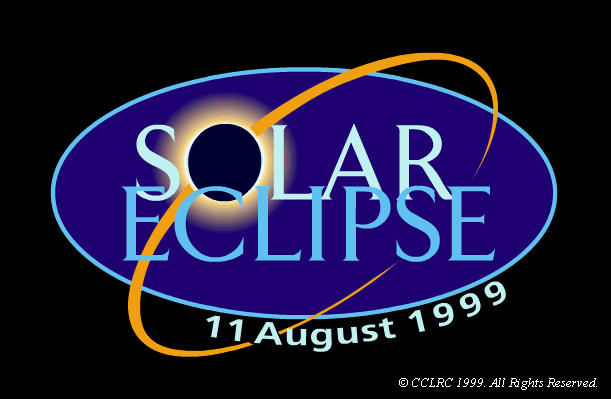
![]()
Previous observations of eclipses have attempted to measure the ionospheric loss rate, as the production of ionisation by solar radiation is interrupted during the eclipse. With no accurate measurements of the sun, the assumption had to be made that the ionising radiation was uniformly emitted across the solar disk. With the advent of satellite technology, this assumption has proved to be woefully inadequate.
This eclipse will again be unique in that for the first time, comprehensive in-situ measurements of solar radiation will be made by the SOHO satellite. With two instruments on board capable of measuring wavelengths in the Extreme Ultra Violet, it will be possible to determine the active regions on the solar disk and in the lower solar atmosphere to an accuracy well in excess (0.5 arcsec) of that required by any comparison with the ionosphere. By identifying the active regions, and calculating when they are eclipsed, their effect on the decay rate of the ionisation in the E and F1 regions can be studied. At totality, it is expected that some ionising radiation from the solar corona will still be incident on the earth's atmosphere and the effect of this radiation will be seen in the ionosphere.